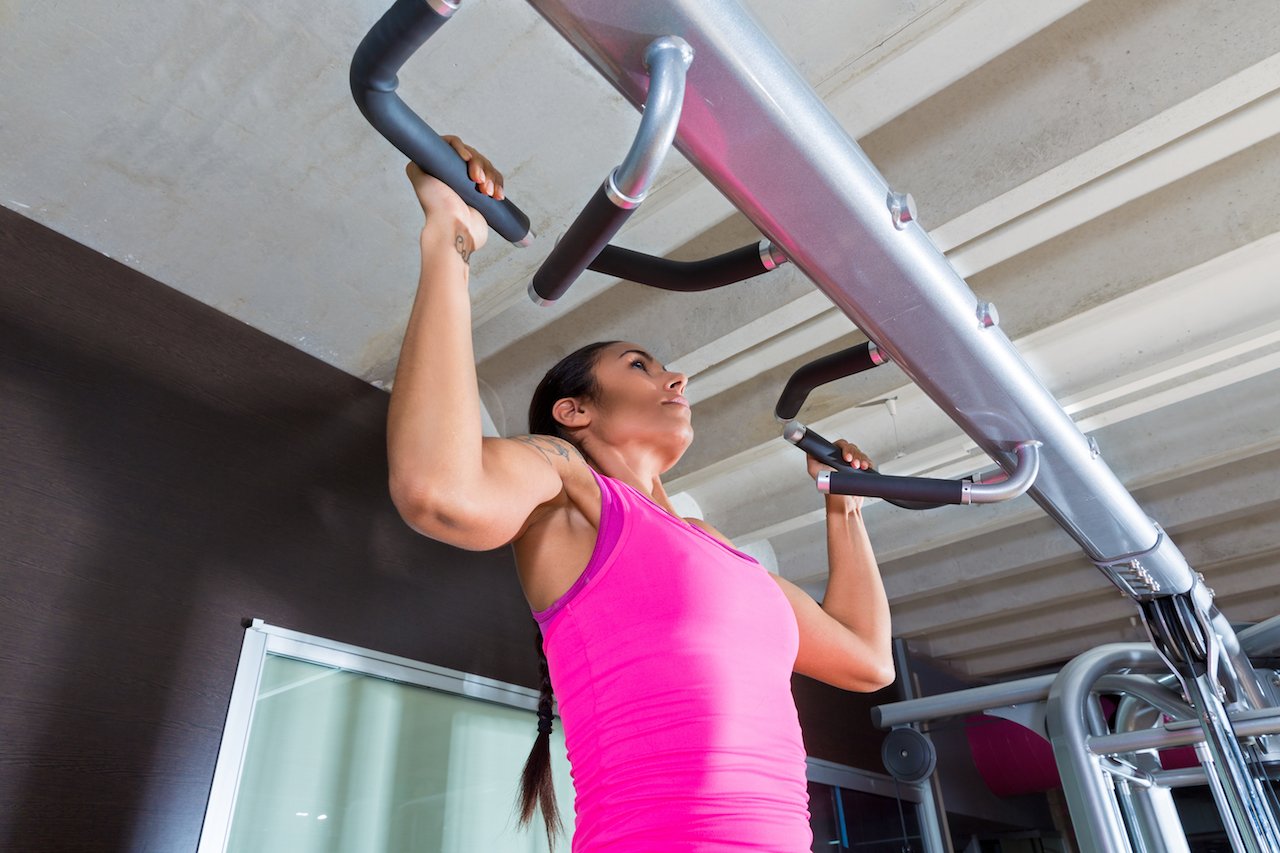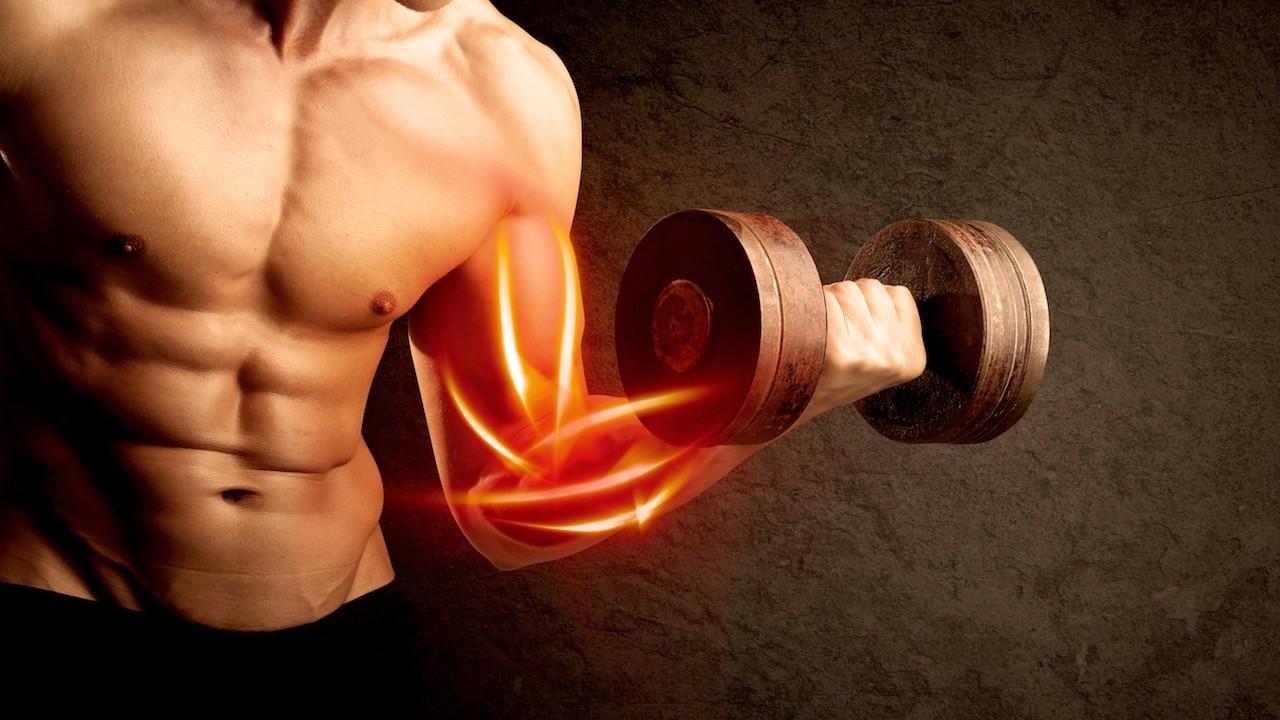Ever wonder why you only feel your shoulders working when you bench press? It’s supposed to be a chest exercise right?
Maybe you’re doing some hip thrusts to target your butt, but can really only feel your hamstrings and low back working.
You’re most likely lacking a good mind-muscle connection: the ability to feel a muscle working, to force it to powerfully contract on command. Developing a good connection to your muscles is ESSENTIAL for growth. The muscles that we lack a good connection with are almost ALWAYS the most underdeveloped. A poor connection to muscles often results in imbalances and injuries (when you can’t recruit the muscles you’re TRYING to, others do their job, and become overworked).
We’ve established that a strong mind-muscle connection is important. So how do you build it?
Understanding Basic Anatomy
Gaining a better understanding of anatomy, and what the roles of specific muscles are has played a HUGE role for me in developing a better mind-muscle connection. Understanding how a muscles works, and what it should be doing in a specific exercise has a large carryover to visualizing, and in turn activating the muscle properly. If you’re having trouble “working” a muscle, start by determining what it’s role is in the exercise you’re performing.
Tempo
When training to “feel” a muscle, use a very slow, controlled tempo. Focus on feeling the desired muscle stretch at the bottom of each rep, followed by a hard contraction or SQUEEZE at the top. Incorporating a tempo such as 4-2-2-2 (4 second negative, 2 second stretch at the bottom, 2 seconds on the way up, 2 second squeeze at the top) is great for really feeling the desired muscles “burn”.
Isolation exercises

“Compound” or “multi-joint” exercises work a variety of muscles (the bench press, a compound movement, works the chest, triceps, shoulders, and back). While you can’t truly isolate down to strictly a single muscle to work, isolation exercises are designed to primarily work one specific muscle group (a dumbbell chest fly, or the pec deck machine will work primarily the chest, with very little involvement from other muscle groups).
Machines are designed for isolating specific muscles, and are effective for really “feeling a muscle work”. Machines and isolation exercises in general aren’t usually as effective for building muscle as compound exercises. However, they’re excellent for helping develop a solid connection to a specific muscle group.
If you’re having trouble feeling a specific muscle work in a compound movement: try performing 10-15 reps of an isolation exercise first. Use slow, controlled tempo. Focus on feeling the muscle stretch through the negative portion of the rep, followed by squeezing it as hard as possible at the “top” of the rep. You should start to feel the muscle burn towards the end of the set.

Follow this immediately with the compound exercise you were previously struggling with. Again, take your time with a slow, controlled tempo, and focus on the squeeze.
Example: you want to feel more lat activation when performing pull-ups.
Superset:
Straight arm pulldown 10-15 reps
Pull-ups 6-12 reps
If you don’t feel anything right away, don’t be frustrated. Building a good mind-muscle connection can take time. Especially on movements that you’ve done incorrectly for a long time, poor movement patterns can become extremely ingrained, and are hard to break. Just focus on the tips above, and a strong mind-muscle connection will come with time.






